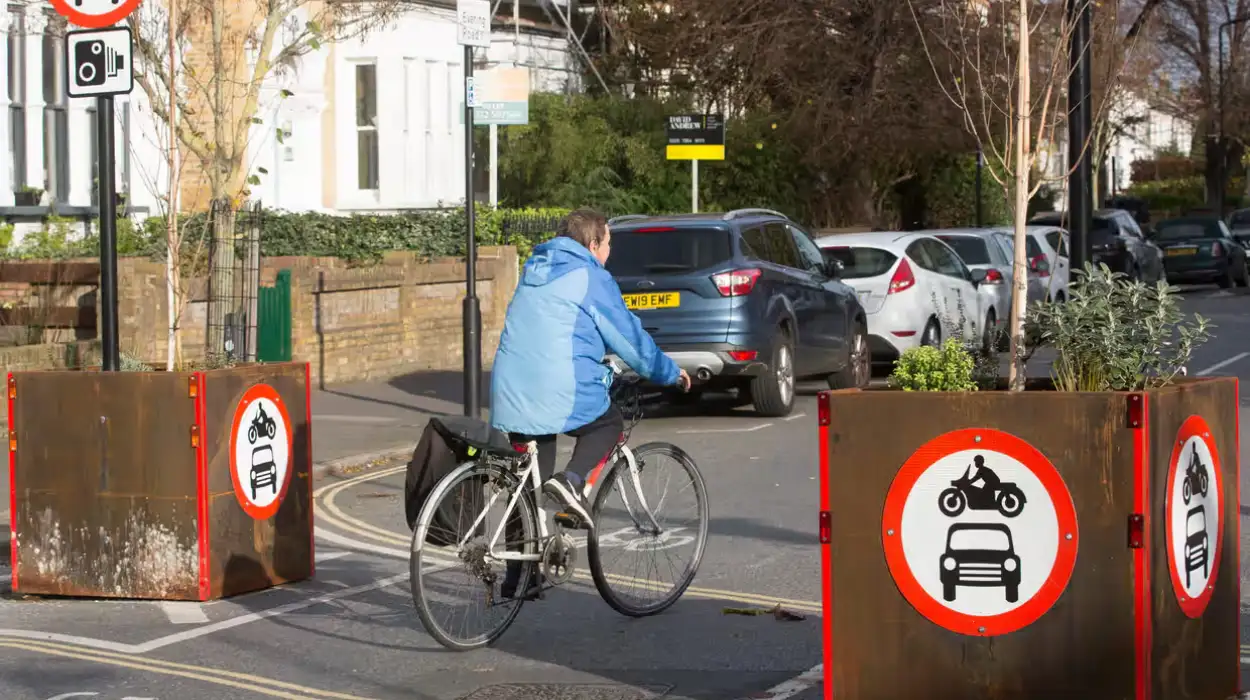UK (Parliament Politics Magazine) – Reform UK claims success in scrapping LTNs, despite no such schemes existing in the council areas it controls after May’s elections.
As reported by The Guardian, Reform UK’s commitment to remove low-traffic neighbourhoods in the councils it governs seems achieved, with all 10 councils stating no such schemes exist.
What did Zia Yusuf say about Reform UK’s plans for LTNs?
Reform UK chair Zia Yusuf stated last week that a “large-scale reversal” of existing LTNs will take place in the 10 areas across England where the party won control of councils in the 1 May local elections.
He said,
“We view these schemes with the same suspicion as mass immigration and net zero,”
adding,
“You can expect, if you live in a Reform council, for there to be a much higher bar for any proposals for LTNs and for the large-scale reversal of these existing LTNs.”
What did The Guardian find about LTNs in Reform-run councils?
The following councils governed by Remfor UK told The Guardian they do not have low-traffic neighbourhood schemes:
- Derbyshire
- Doncaster
- Durham
- Kent
- Lancashire
- Lincolnshire
- North Northamptonshire
- Nottinghamshire
- Staffordshire
- West Northamptonshire
What did Reform say about the lack of LTNs in their areas?
In response to questions about the absence of low-traffic neighbourhoods in the regions they oversee, a Reform spokesperson referenced mapping data showing how many roads in the council areas are closed to through traffic.
The data also includes older, non-LTN roads that do not permit through traffic, such as dead-ends and housing developments. It is not known whether Reform plans to open these routes to through traffic in the future.
Reform has pledged to dismiss council workers engaged in diversity issues or net zero campaigns. The number of employees impacted remains unknown. Several councils, including Lincolnshire, claim they have no diversity personnel.
What did the Liberal Democrats say about Reform’s council management?
A Liberal Democrat source stated,
“Reform is utterly clueless about how to run a council. From councillors who won’t take up their seats to schemes that don’t exist, it’s clear that they don’t understand the needs of their communities.”
They added,
“Now they have some power, they need to learn how to Google things first. Liberal Democrats will be holding Reform’s feet to the fire and standing up for our communities.”
Low-traffic neighbourhoods meaning
Low-traffic neighbourhoods are designed to filter small residential streets. They use physical barriers such as bollards, planters, or cameras that prevent through traffic.
The idea of using barriers to make residential roads safer for people walking and cycling has been used off and on for many years. But the name “Low-Traffic Neighbourhoods” usually means the schemes started in 2020. This happened after the Conservative government encouraged local councils to set them up.
Quick installation of these LTNs sparked concerns over displaced traffic and increased congestion in those areas.
Studies of LTNs, including one conducted by the LTN-critical government under Rishi Sunak, have concluded that they are effective and popular among residents.
Types of low-traffic neighbourhoods
- Physical Barrier LTNs (e.g., bollards, planters, gates)
- Camera-Enforced LTNs (using ANPR cameras for access control)
- Time-Restricted LTNs (operating during specific hours, e.g., peak traffic times)
- Hybrid LTNs (combining physical barriers and camera enforcement)
- School Streets LTNs (focused on reducing traffic near schools)
- Liveable Neighbourhoods (broader urban redesigns integrating LTN principles)


